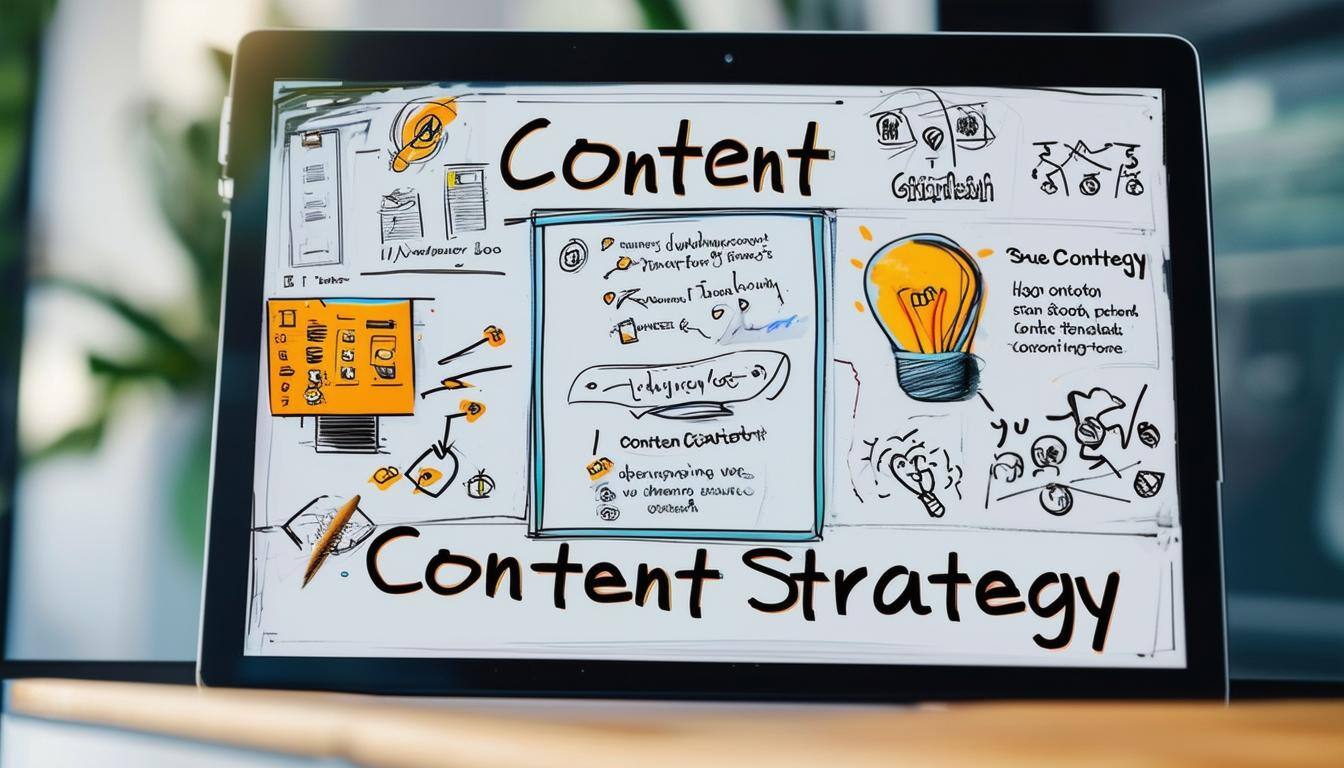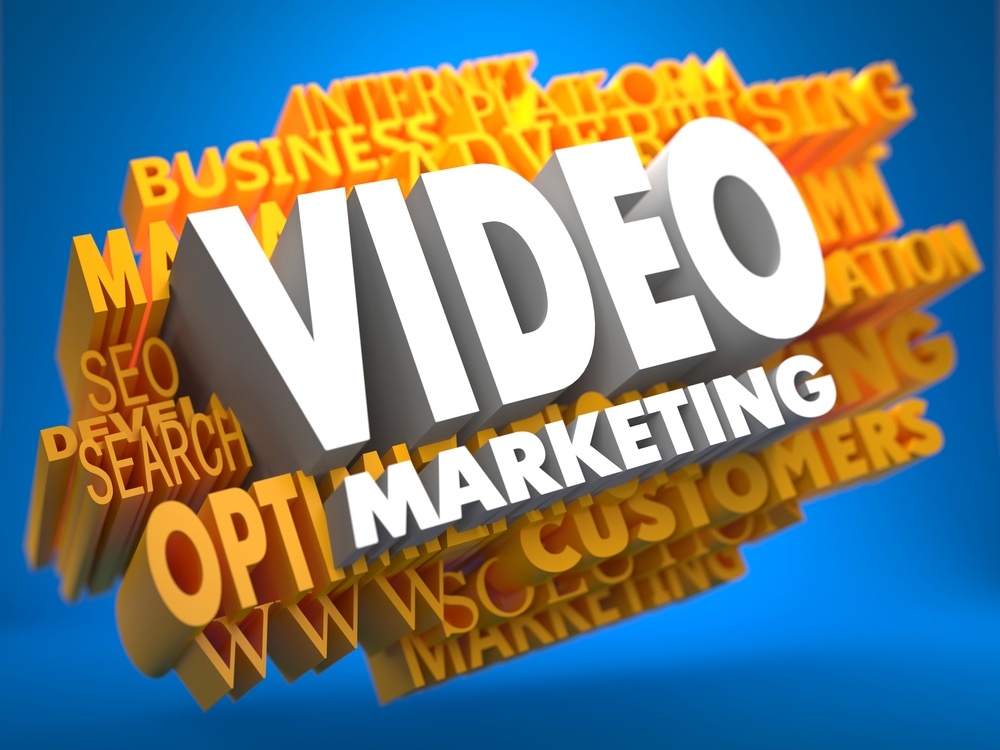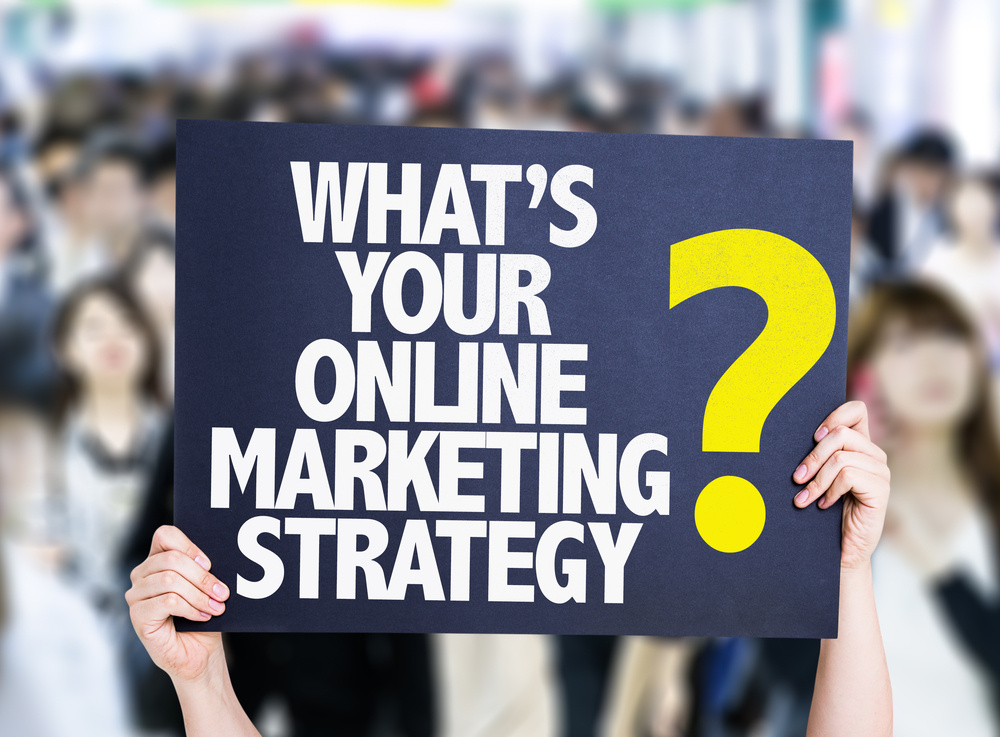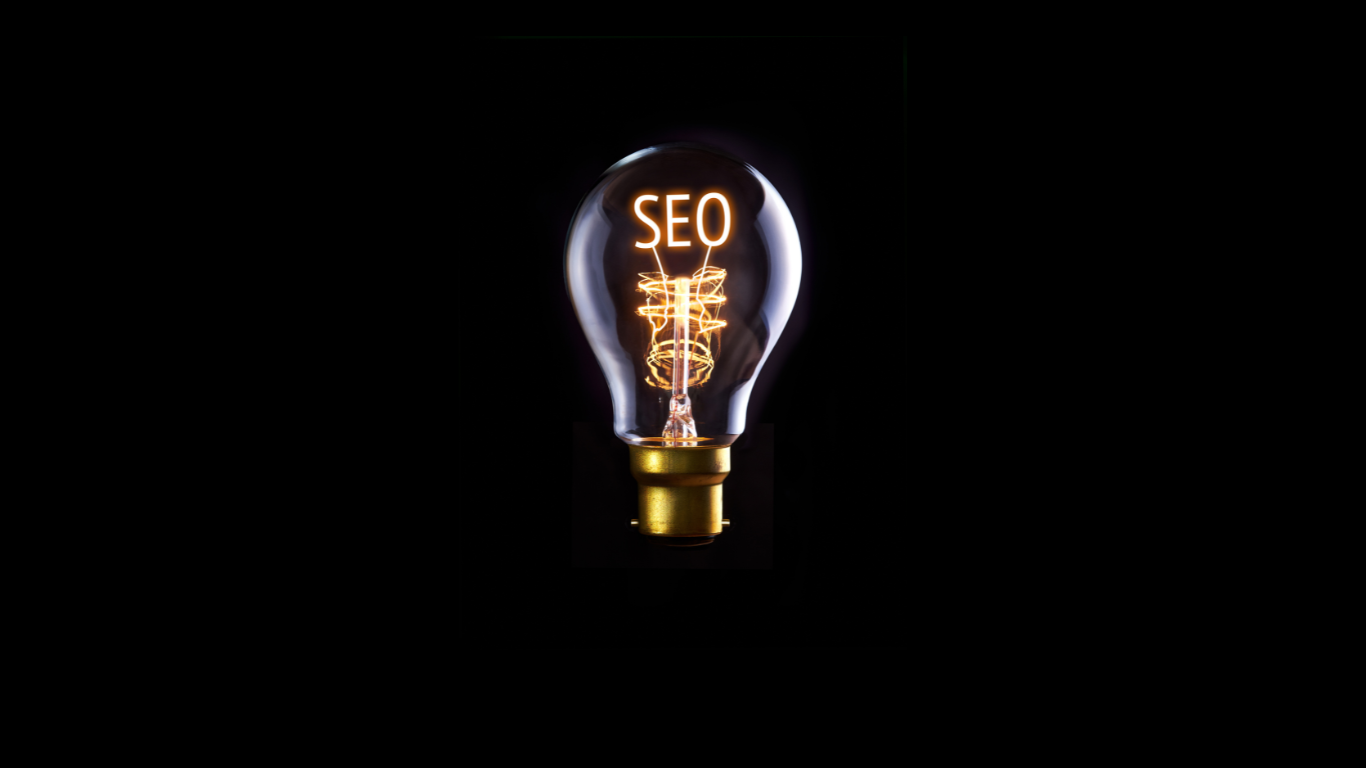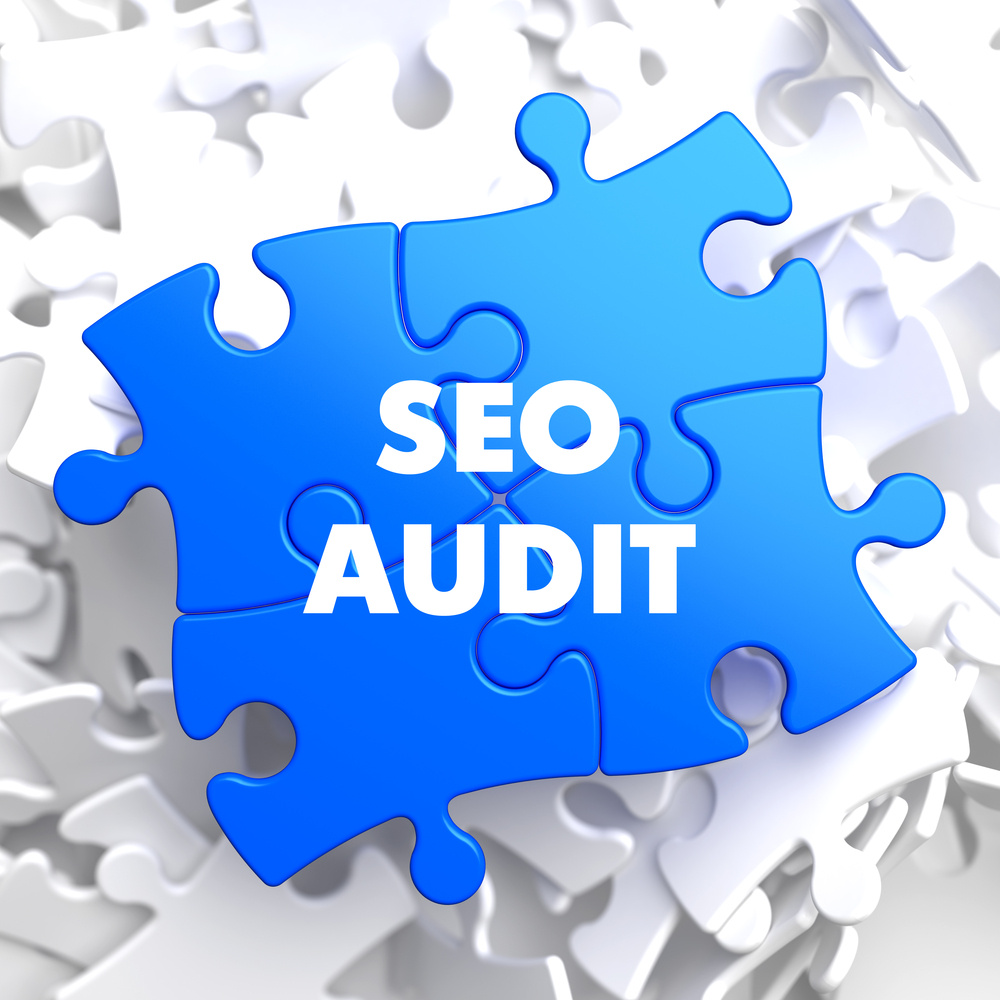In today’s interconnected world, content marketing is not just a strategy; it’s a necessity. The digital age has fundamentally changed the way businesses communicate, build relationships, and influence purchasing decisions. Content marketing—the creation and distribution of valuable, relevant, and consistent content—is the cornerstone of this transformation.
This blog explores why content marketing is essential in the digital age, provides actionable insights, and highlights real-world examples of companies leveraging content marketing to achieve remarkable results.
1. Why Content Marketing Matters in the Digital Age
A. Shifting Consumer Behavior
Today’s consumers are more informed, proactive, and discerning than ever. Before making a purchase, they conduct extensive research online, read reviews, and seek trusted sources of information. Content marketing positions businesses as those trusted sources by providing valuable insights that guide decision-making.
B. Building Brand Authority
Effective content marketing establishes a brand as an industry leader. By publishing high-quality, informative content, companies can demonstrate expertise, foster trust, and differentiate themselves in competitive markets.
C. Enhancing SEO and Visibility
Search engines prioritize websites with fresh, relevant, and high-quality content. A robust content marketing strategy improves organic search rankings, driving more traffic to a company’s website.
D. Driving Long-Term ROI
Unlike traditional advertising campaigns, which often have short-lived effects, content marketing generates long-term benefits. A well-crafted blog post or video can continue to attract and engage audiences for years.
2. Key Components of an Effective Content Marketing Strategy
A. Understanding Your Audience
The foundation of any successful content marketing campaign is a deep understanding of the target audience. Businesses must identify their audience’s pain points, preferences, and habits to create content that resonates.
B. Setting Clear Goals
Whether it’s increasing brand awareness, generating leads, or nurturing customer loyalty, defining clear objectives helps shape a focused content marketing strategy.
C. Choosing the Right Formats
Content comes in many forms, including blogs, videos, infographics, podcasts, and social media posts. Selecting the right formats depends on the audience’s preferences and the message being conveyed.
D. Consistency is Key
Regularly publishing content is vital to maintaining audience engagement and building credibility. Consistency also signals to search engines that a website is active and relevant.
E. Distribution and Promotion
Creating great content is only half the battle; distributing it effectively is equally important. Leveraging social media platforms, email marketing, and partnerships can amplify a brand’s reach.
3. Real-World Examples of Successful Content Marketing
A. HubSpot: The Content Marketing Pioneer
HubSpot, a leader in inbound marketing software, has built its brand through exceptional content. The company offers a wealth of free resources, including blog posts, eBooks, webinars, and tools.
-
Example: HubSpot’s blog attracts millions of visitors each month by covering topics such as marketing automation, SEO, and sales strategies. This content not only drives traffic but also converts visitors into paying customers.
-
Key Insight: HubSpot’s success demonstrates the power of providing value-first content to build trust and generate leads.
B. Coca-Cola: Storytelling at Its Best
Coca-Cola’s content marketing focuses on storytelling to evoke emotions and connect with audiences on a deeper level. The company’s “Share a Coke” campaign is a prime example.
-
Example: Coca-Cola personalized its bottles with popular names and encouraged customers to share photos on social media. The campaign’s user-generated content became a global phenomenon.
-
Key Insight: Engaging audiences through personalized and shareable content can significantly enhance brand loyalty and awareness.
C. Mayo Clinic: Empowering Through Education
Mayo Clinic leverages content marketing to establish itself as a trusted authority in healthcare. The organization’s website features a comprehensive library of articles, videos, and tools that educate patients and caregivers.
-
Example: Mayo Clinic’s blog covers topics ranging from disease prevention to mental health, attracting millions of visitors seeking reliable medical information.
-
Key Insight: Providing educational content that addresses real-world problems positions a brand as a go-to resource in its industry.
D. Airbnb: Leveraging User-Generated Content
Airbnb’s content marketing strategy revolves around showcasing authentic experiences through user-generated content. The company’s social media channels feature stories, photos, and videos from hosts and travelers.
-
Example: Airbnb’s “Live There” campaign encouraged users to immerse themselves in local cultures, generating a surge in engagement and bookings.
-
Key Insight: User-generated content builds trust and fosters community, making it a powerful tool for content marketing.
4. Benefits of Content Marketing
A. Increased Brand Awareness
By consistently sharing valuable content, businesses can expand their reach and establish a strong online presence.
B. Higher Engagement Rates
Interactive and relatable content fosters meaningful interactions with audiences, leading to stronger connections and loyalty.
C. Improved Lead Generation
Content marketing attracts potential customers by addressing their needs and guiding them through the sales funnel.
D. Enhanced Customer Retention
Engaging content keeps customers informed and connected, encouraging repeat business and advocacy.
E. Measurable Results
With tools like Google Analytics and HubSpot, businesses can track the performance of their content and optimize strategies for better outcomes.
5. Trends Shaping Content Marketing in 2025
A. Video Content Dominance
Video content is projected to account for 82% of all internet traffic by 2025. Businesses should invest in video production to captivate audiences and communicate complex ideas effectively.
B. AI-Driven Personalization
AI technologies enable businesses to deliver highly personalized content, enhancing user experiences and boosting engagement.
C. Voice Search Optimization
With the rise of smart speakers and voice assistants, optimizing content for voice search is becoming essential.
D. Sustainability Messaging
Consumers increasingly value brands that prioritize sustainability. Content marketing strategies that highlight eco-friendly practices will resonate with audiences.
E. Interactive Content
Quizzes, polls, and interactive infographics are gaining popularity for their ability to engage users and encourage sharing.
6. Steps to Implement a Content Marketing Strategy
A. Conduct a Content Audit
Evaluate existing content to identify strengths, gaps, and opportunities for improvement.
B. Develop a Content Calendar
Plan content topics, formats, and distribution schedules to ensure consistency and alignment with business goals.
C. Collaborate with Experts
Partnering with industry experts or influencers can add credibility and expand your content’s reach.
D. Optimize for SEO
Use relevant keywords, meta descriptions, and alt text to improve search engine rankings and visibility.
E. Measure and Refine
Regularly analyze performance metrics to understand what works and refine your strategy accordingly.
Conclusion
Content marketing is no longer optional in the digital age—it’s a critical component of any successful marketing strategy. By creating valuable, engaging, and consistent content, businesses can build trust, drive growth, and achieve lasting success.
The examples of HubSpot, Coca-Cola, Mayo Clinic, and Airbnb illustrate the transformative power of content marketing when done right. Whether you’re a small startup or a global enterprise, investing in content marketing will position your brand for success in the ever-evolving digital landscape.
Are you ready to harness the power of content marketing? Start today, and watch your brand soar to new heights.

A.H Brands
.png?width=500&height=200&name=Its%20Pet%20Cancer%20Awareness%20Month%2c%20and%20were%20committed%20to%20educating%20people%20about%20pet%20cancer%20and%20available%20resources.%20Innovative%20treatments%20now%20harness%20pets%20own%20immune%20systems%20to%20treat%20and%20manage%20va%20(13).png)
